Morphological and biochemical alterations activated by antitumor clerodane diterpenes
Autor(es): Pinheiro Ferreira, Paulo Michel; Gadelha Militao, Gardenia Carmen; Barbosa Lima, Daisy Jereissati; de Jesus Costa, Nagilla Daniela; Machado, Katia da Conceicao; dos Santos, Andre Gonzaga; Cavalheiro, Alberto Jose; Bolzani, Vanderlan da Silva; Siqueira Silva, Dulce Helena; Pessoa, Claudia
Resumo: Casearia sylvestris Swartz (Salicaceae) is a plant commonly widespread in the Americas. It has oxygenated tricyclic bioactive clerodane diterpenes with antimicrobial, antiulcer, larvicidal, chemopreventive, anti-inflammatory, antioxidant and antiproliferative properties. Due to this requirement for the developing of new anticancer drugs, it was initially evaluated the cytotoxic activity of a fraction with Casearins (FC) and its clerodane diterpenes Casearin B (Cas B), D (Cas D), X (Cas X) and Caseargrewiin F (Cas F) isolated from C. sylvestris leaves against 7 tumor cell lines, Sarcoma 180 cells (S180) and on normal peripheral blood mononuclear cells (PBMC). All substances tested showed cytotoxic potential. Cas F and X were the most active compounds. Cell death analyzes with Cas F (0.5 and 1 mu M) and Cas X (0.7 and 1.5 mu M) using the HL-60 leukemia line as experimental model showed DNA synthesis and membrane integrity reduction, DNA fragmentation and mitochondrial depolarization, specially after 24 h exposure, cell cycle arrest in G(0)/G(1) phase caused by Cas X, activation of the initiator -8/-9 and effector -3/-7 caspases and phosphatidylserine externalization, all biochemical features of apoptosis corroborated by chromatinic condensation, karyorrhexis, cytoplasmic vacuolation and rarefaction and cellular shrinkage, morphological findings specially observed after 12 and 24 h of incubation. Therefore, Cas X and F were the most functional molecules with more pronounced lethal and discriminating effects on tumor cells and antiproliferative action predominantly mediated by apoptosis, highlighting clerodane dipertenes as promising lead antineoplastic compounds. (C) 2014 Elsevier Ireland Ltd. All rights reserved.
Palavras-Chave: Casearia sylvestris; Cytotoxicity; Antiproliferative action; Apoptosis; Human cells; Murine cells
Imprenta: Chemico-Biological Interactions, v. 222, p. 112-125, 2014
Identificador do Objeto Digital: 10.1016/j.cbi.2014.10.015
Descritores: Aedes aegypti - DNA
Data de Publicação: 2014








